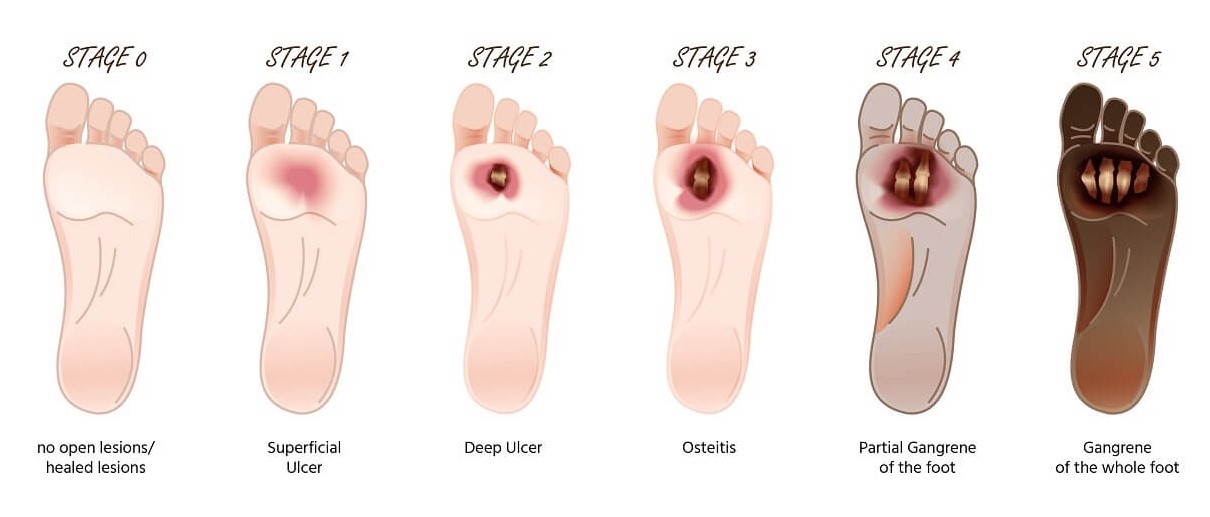Principles of Basic Wound Care
Principles of Basic Wound Care ( 4 Questions)
A client with diabetes mellitus has a diabetic foot ulcer on the left heel. The nurse is preparing to apply a hydrocolloid dressing to the wound. What is an advantage of using this type of dressing?
This is true, but not specific to hydrocolloid dressings, as other types of dressings, such as hydrogels and alginates, also provide a moist environment for wound healing.
This is false, as hydrocolloid dressings are not suitable for wounds with heavy exudate, as they can become saturated and leak. Alginates or foams are more appropriate for wounds with large amounts of drainage.
This is false, as hydrocolloid dressings are opaque and do not allow visualization of the wound. They should be left in place for several days, unless there are signs of infection or leakage.
Rationale: Hydrocolloid dressings are occlusive or semi-occlusive dressings that adhere to the skin and form a gel-like substance over the wound. This creates a moist environment that stimulates autolytic debridement, which is the natural breakdown of necrotic tissue by enzymes in the wound fluid.

Correct answer: D) It stimulates autolytic debridement of necrotic tissue in the wound.
Rationale: Hydrocolloid dressings are occlusive or semi-occlusive dressings that adhere to the skin and form a gel-like substance over the wound. This creates a moist environment that stimulates autolytic debridement, which is the natural breakdown of necrotic tissue by enzymes in the wound fluid.
Incorrect options:
A) It provides a moist environment for wound healing. - This is true, but not specific to hydrocolloid dressings, as other types of dressings, such as hydrogels and alginates, also provide a moist environment for wound healing.
B) It absorbs large amounts of exudate from the wound. - This is false, as hydrocolloid dressings are not suitable for wounds with heavy exudate, as they can become saturated and leak. Alginates or foams are more appropriate for wounds with large amounts of drainage.
C) It allows frequent inspection of the wound without removal. - This is false, as hydrocolloid dressings are opaque and do not allow visualization of the wound. They should be left in place for several days, unless there are signs of infection or leakage.

